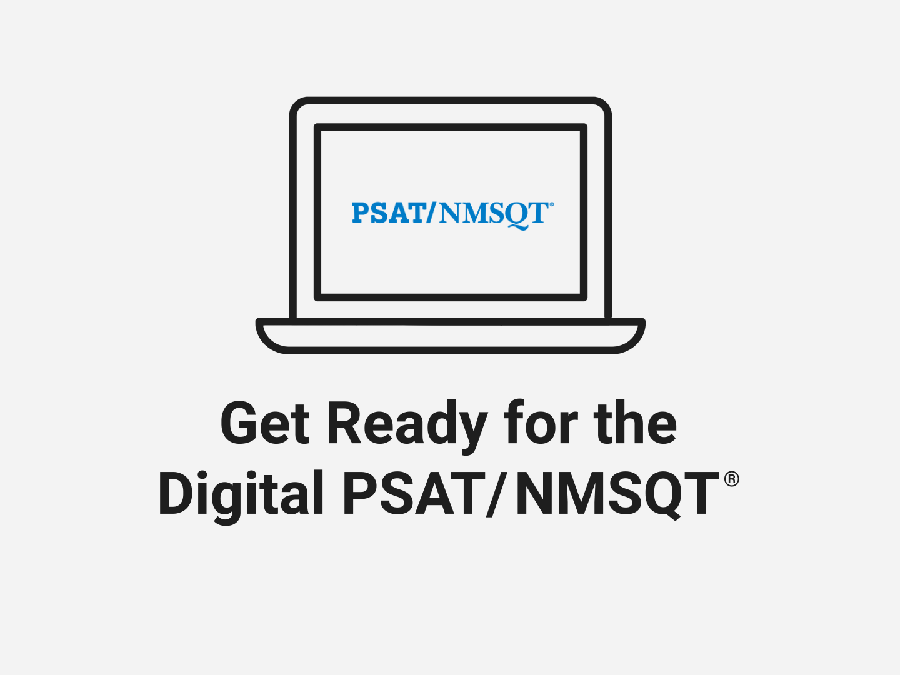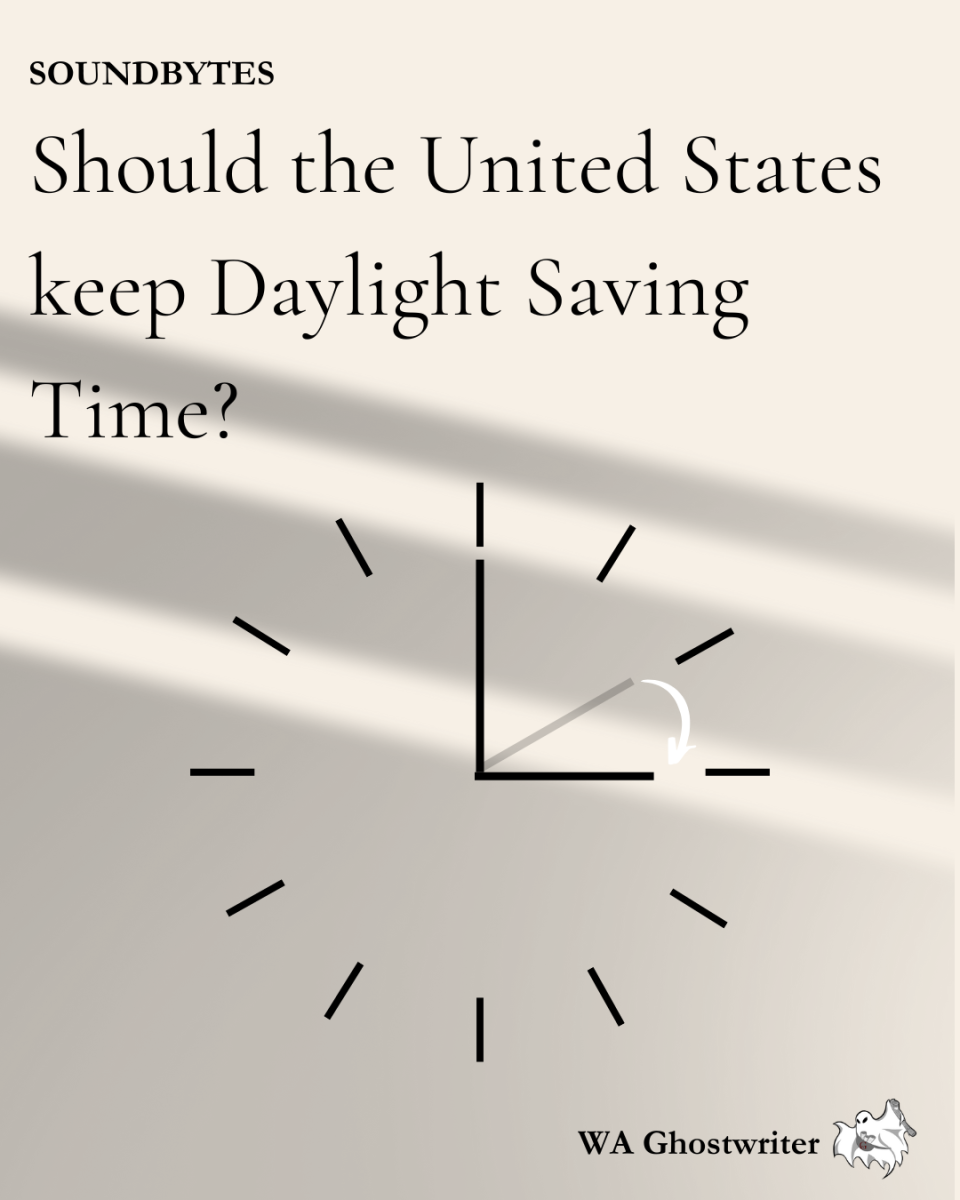On Saturday, Oct. 14, registered Westford Academy students took the Preliminary Scholastic Aptitude Test (PSAT) digitally, the first time in more than 30 years of Westford Academy administering the test. This major conversion has greatly altered the test-taking experience, with both positive and negative aspects.
Students taking the PSAT now had to bring a fully-charged Chromebook alongside their extra materials such as pencils, approved calculators, and approved accommodations. The test now featured a built-in Desmos graphing calculator, helpful tools such as annotations, answer eliminations, and a timer to display how much time is left in a session, all of which were unavailable on the paper version in prior years.
The most notable change, however, was the adaptive evaluation, which personalizes the test for each individual. The second section is determined by how well one scores in the first section. If one were to score well on the first section, they would receive harder questions but for more points on the second section. Similarly, if one were to score poorly on the first section, they would receive easier questions for fewer points for the second section.
The graphing calculator is the same model that Desmos features and is easier to operate compared to traditional, in-hand graphing calculators. The built-in graphing calculator is especially helpful for students who struggle to use graphing calculators or do not have access to one.
The timer feature was also very well-engineered. It is more efficient in helping students allot their time for each question in contrast to a clock or watch. Those who feel that the timer would place unnecessary pressure on the test have the option to hide the timer until the five-minute mark, a very well-thought-out feature. From my experience, the timer performed a very good job of keeping me on track with time, as I believe that I would not have answered all questions if it was not for the built-in timer.
The adaptive evaluation was the largest advancement in my opinion. I felt that the adaptive system allowed for a more fair test-taking experience for all students. It more efficiently evaluates a student’s skills by avoiding unnecessarily difficult or easy questions, which allows for more questions that accurately align with one’s abilities.
This also allowed for more earnable credit. Previously, if one struggled with the material, they might answer most questions wrong since they all persist at similar difficulties, but with an adaptive system, they are able to score partial credit by answering easier questions. Ultimately, test scores that more accurately represent a student were allowed as a result of the adaptive evaluation.
The adjustment to a digital test came with a few caveats, however. Staring at a Chromebook screen for many profound minutes seriously began to hinder my decision-making ability, and I felt a decrease in my test-taking efficiency as I approached the end of each session. Although the ten-minute break did relieve the situation in a way, the issue still persisted.
The terms and conditions that would be approved by a test-taker before the PSAT also placed unnecessary stress on some students, including me. In Section 5, the terms stated how it observes the activity in the test, such as mouse position on a page, deletion attempts, and how the test taker navigated through the exam. This made it feel like I was constantly watched by an entity, not greatly altering, but still affecting, my test-taking mentality.
Many students share mixed opinions about the transition to an online format including me. I really enjoyed the adaptive testing and the digital tools, however, I felt that the activity monitoring did place pressure while I was taking the exam, though I expect to adjust to this eventually. I am definitely satisfied with College Board’s attempt to make the PSAT digital, even with the minor disadvantages.







